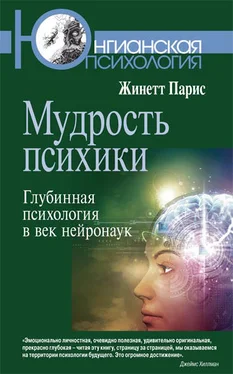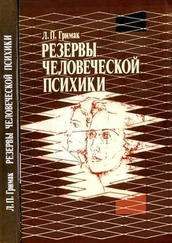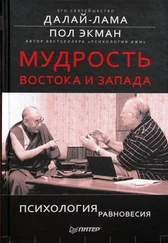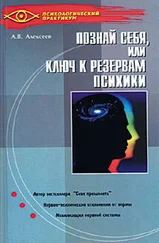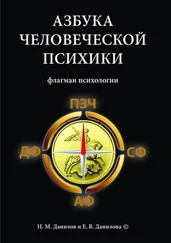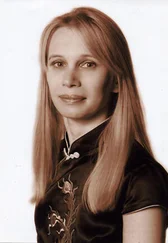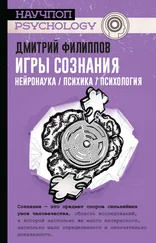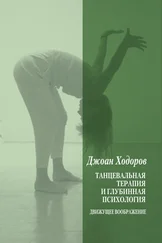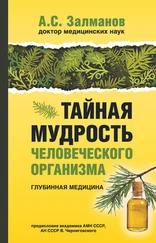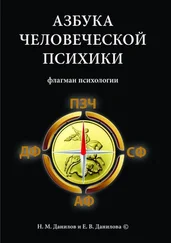А теперь я покажу удостоверяющие мою личность документы. Вот мое генеалогическое древо, список авторов, которые сформировали мое видение внутренней жизни, начиная с Фрейда и постфрейдистов, Юнга и постъюнгианцев. В последней категории я должна выделить работы Джеймса Хиллмана, который предлагает радикально новую интерпретацию теорий Юнга. В его работах мы видим широкую панораму истории психологии, ее философию, ее древнегреческие корни и ее будущее как ренессанс психологического воображения. Для меня его подход обладает дополнительным преимуществом, поскольку он принимается в академической среде, все еще скептически настроенной в отношении Юнга. Юнг через Хиллмана – стратегия, которая сработала в отношении самых критически настроенных умов. Хиллман начинает с Юнга, что-то берет, а что-то оставляет, двигается по его территории, а потом продолжает свое путешествие за ее пределами. Труды Хиллмана принадлежат к следующей реинкарнации глубинной психологии. Его подход – это подход человека, который неотступно призывает к возрождению психологии; на этот призыв и отвечает его собственная работа. Он представляет ту часть глубинной психологии, которая открыта экологическому мышлению, устремлена в будущее и заняла свое место среди гуманитарных наук и в начинающейся экореволюции. Я кошка, благодарная ему за множество восхитительно насыщенных книг.
Некоторые авторы из списка литературы – мои друзья, коллеги или союзники. Я познакомилась с их работами благодаря личным контактам, дискуссиям, электронной переписке, обмену ссылками или сидя в кафе при встречах на конференциях. Другие – незабвенные гуру из книг моей юности: Ницше, Юнг, Сартр, де Бовуар. Есть обязательные ссылки из профессиональной области, а есть удивительные находки, сделанные в результате случайного везения. Я очень надеюсь, что этот длинный перечень ингредиентов для моего минестроне сможет как-то отразить разнообразие не только моего личного огорода, но и всех тех сил, которые оказывали влияние на эволюцию глубинной психологии.
Adams M.V. (1996). The multicultural imagination: Race, color, and the unconscious. New York: Routledge.
Adams M. V. (1997a). Metaphors in psychoanalytic theory and therapy. Clinical Social Work Journal, 25 (1), 27–39.
Adams M. V. (1997b). Refathering psychoanalysis, deliteralizing Hillman: Imaginal therapy, individual and cultural // P. Clark-son (Ed.). On the sublime: In psychoanalysis, archetypal psychology and psycho therapy (p. 109–122). London: Whurr Publishers.
Adams M. V. (2001). The mythological unconscious. New York: Karnac Books.
Adams M. V. (2004). The fantasy principle: Psychoanalysis of the imagination. New York: Brunner-Routledge.
Aizenstat S. (2002). Dream tending [6 audiocassettes in binder,
7.5 hours]. Boulder, CO: Sounds True.
Avens R. (1980). Imagination is reality: Western nirvana in Jung, Hillman, Barfield, and Cassirer. Irving, TX: Spring Publications.
Avens R. (1984). The new gnosis: Heidegger, Hillman, and angels, Dallas, TX: Spring Publications. Bachelard G. (1964). The psychoanalysis of fire (A. Ross, Trans.), Boston: Beacon Press. Bachelard G. (1969). The poetics of reverie (D. Russell, Trans.). New York: Orion Press.
Bachelard G. (1988a). Air and dreams: An essay on the imagination of movement. Dallas, TX: Dallas Institute of Humanities and Culture.
Bachelard G. (1988b). The right to dream. Dallas, TX: Dallas Institute of Humanities and Culture.
Bachelard G. (2002). Earth and reveries of will: An essay on the imagination of matter (K. Haltman, Trans.). Dallas, TX: Dallas Institute of Humanities and Culture.
Bair D. (2003). Jung: A biography (1 sted.). Boston: Little, Brown
Barth J. R. (2001). The symbolic imagination: Coleridge and the roman tic tradition (2 nded.). New York: Fordham University Press
Barthes R. (1972). Mythologies (A. Lavers, Trans.). New York: Hill and Wang.
Barthes R. (1975). The pleasure of the text (R. Miller, Trans.). New York: Hill and Wang.
Barthes R. (1977). Image, music, text (S. Heath, Ed. and Trans.). New York: Hill and Wang.
Bateson G. (1971). Steps to an ecology of mind: Collected essays in anthropology, psychiatry, evolution, and epistemology. Chicago: University of Chicago Press
Baudrillard J. (1994). Simulacra and simulation (S. F. Glaser, Trans.). Ann Arbor: University of Michigan Press.
Beauvoir S. de (1953). The second sex (H. M. Parshley, Ed. and Trans.). New York: Knopf.
Beauvoir S. de (1959). Memoirs of a dutiful daughter. Cleveland, OH: World Publishing.
Beebe J., Cambray J. and Kirsch Т. В. (2001). What Freudians can learn from Jung. Psychoanalytic Psychology, 18 (2), 213–242.
Berry P. (Ed.). (1990). Fathers and mothers (2 ndrev. and enl. ed.). Dallas, TX: Spring Publications.
Bion W. F. (1977). Elements of psychoanalysis // W. F. Bion (Ed.). Seven servants: Four works. New York: Jason Aronson.
Birkhauser-Oeri S. (1988). The mother: Archetypal image in fairy tales. Toronto: Inner City Books.
Bleakley A. (1989). Earth’s embrace: Archetypal psychology’s challenge to the growth movement. Bath: Gateway Books.
Bleakley A. (2000). The animalizing imagination: Totemism, textuality, and ecocriticism. New York: St. Martin’s Press.
Bly R. (1988). A little book on the human shadow (W. C. Booth, Ed.). San Francisco: Harper & Row. Boer C. and Kugler P. (1977). Archetypal psychology is mythical realism. Spring, 131–152. Bonnefoy Y. and Doniger W. (Eds). (1991). Mythologies (G. Honigsblum, Trans.). Chicago: University of Chicago Press.
Brunei P. (Ed.). (1995). Companion to literary myths, heroes and archetypes (W. Allatson, J. Hayward and T. Selous, Trans.). New York: Routledge.
Campbell J. (1964). The masks of God: Vol. 3. Occidental Mythology. New York: Viking.
Campbell J. (1968a). The hero with a thousand faces (2 nded.). Princeton, NJ: Princeton University Press.
Campbell J. (1968b). The masks of God: Vol. 4. Creative Mythology. New York: Viking.
Camus A. (1955). The myth of Sisyphus and other essays (1 stEnglish ed.). New York: Knopf.
Casey E. S. (1974). Toward an archetypal imagination. Spring, 1–32.
Читать дальше
Конец ознакомительного отрывка
Купить книгу
